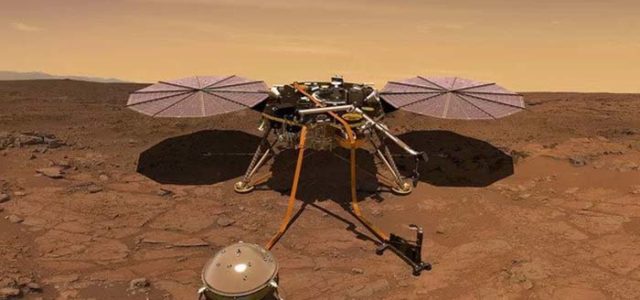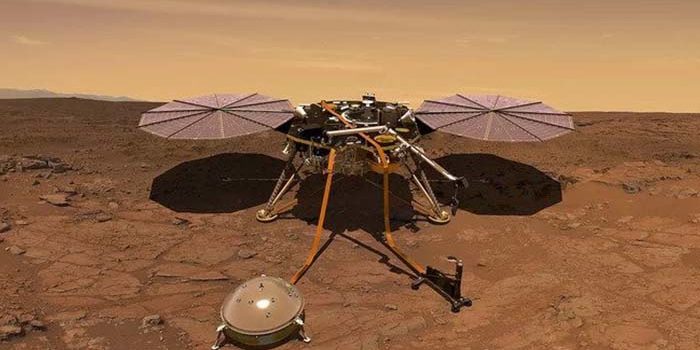

NASA InSight Mars Probe Has Landed: Here’s What It’s Looking For
ElectronicsNews November 26, 2018 Cameron 0

Is there anything more exciting than deep-space probes looking for new scientific discoveries among the stars? Yesterday, November 25th, the InSight Mars probe landed on the Red Planet. After a 301 million mile journey, the InSight probe is home. Here’s what the deep-space probe is looking for.
InSight Mars Probe: What’s it Looking For?

Space.com
Deep Readings
The InSight probe is looking to make some deep readings under the surface of Mars. We know previous little regarding Mars’ interior and InSight aims to change that. The main job of the InSight probe is going to be getting a feel for the interior workings of the Red Planet.
Firstly, Insight is looking into whether Mars wobbles in its orbit. The presence of such a wobble as the Sun and Mars’ moons pull on it could reveal the composition of Mars’ core. Such knowledge has eluded scientists up to this point.
Seismology
The next test being undertaken by InSight is a seismographic one. The probe is going to try to ascertain more about the nature of Marsquakes and what the planet’s seismology means. There is also ample heat coming from inside the planet, which the probe will be investigating further.
Finally, radio arrays will be used to further study the interior of Mars. The presence of various minerals, metals and the like in Mars’ core will be of interest to scientists.
The Mission
The InSight probe was launched back in May of 2018 by NASA. The mission’s purpose, as we described, is to learn more about the interior of Mars. NASA has stated that the mission is in preparation of future missions to the Moon and Mars by human explorers.
The complications of Mars missions are numerous. Only about 40% of Mars missions by any agency have been successful. Mars has only one percent of the atmosphere that Earth has, making it very difficult for spacecraft to slow in time to not be destroyed on entry.
Entry
InSight, for its part, made its initial entry with mostly robotic assistance. The final 7 minutes of entry were largely human-aided by mission control on Earth. The craft slowed from 12,300 MPH to 5 MPH in time to stop safely before impact.
That kind of speed is hard to believe, but it just goes to show how impressive NASA’s scientists are! We look forward to seeing the discoveries this new probe will make on the surface of Mars.











No comments so far.
Be first to leave comment below.